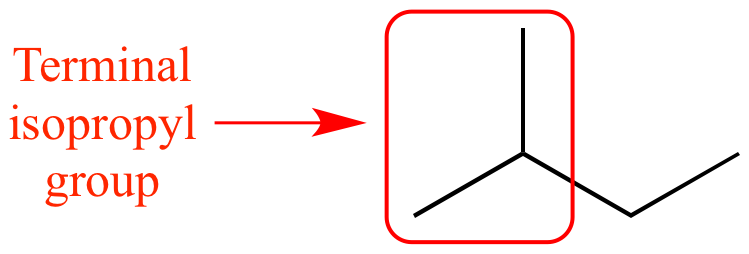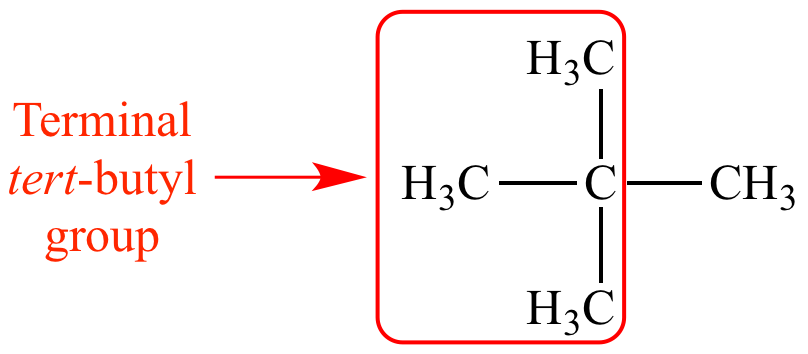IUPAC name: pentane
IUPAC name: 1-pentanol
| Common name:
n-pentane IUPAC name: pentane |
|
Common name:
n-pentanol IUPAC name: 1-pentanol |
 |
 |
|
| Common name:
isopentane IUPAC name: 2-methylbutane |
|
Common name:
isopentyl
alcohol IUPAC name: 3-methyl-1-butanol |
 |
 |
|
| Common name:
phthalic
acid IUPAC name: benzene-1,2-dicarboxylic acid |
|
Common name:
isophthalic
acid IUPAC name: benzene-1,3-dicarboxylic acid |
 |
 |
|
| Common name:
neopentane IUPAC name: 2,2-dimethylpropane |
|
Common name:
neopentyl
alcohol IUPAC name: 2,2-dimethyl-1-propanol |

